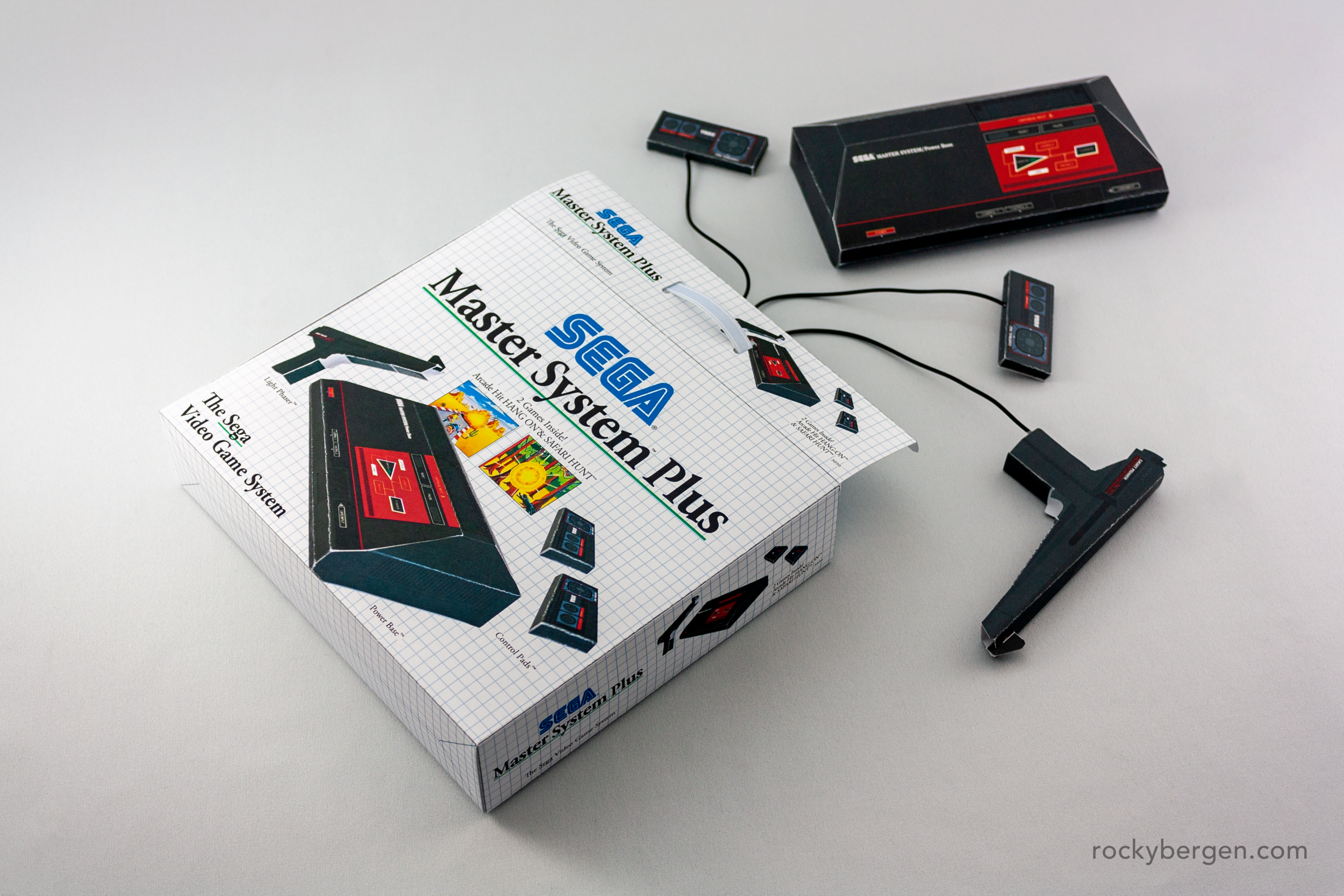I was first inspired to create an outdoor library kiosk one afternoon back last summer while going for a walk around my neighbourhood. I stumbled upon a house that had a “tiny library” box in their front yard. I always like to take a peek into these libraries whenever I run across one. It then dawned on me that I had never seen a standardized/manufactured example of one of these boxes so after some confirmation on Google that these were not commonly available, I set out to create my own design.
Book Box features an LED light box to welcome users and to provide any desired information.
Book Box are enclosed steel shelving structures design to hold books safely in a variety of weather conditions. These kiosks are most ideal for public spaces such as parks, community centres, plazas, schools, walking neighbourhoods. Rolling shutters can be used to securely close the unit in after hours or extreme weather conditions.
Book Box has shutters that can be used in after hours and bad weather scenarios.
This design was created using Autodesk’s Fusion 360 software under their Hobbyist license. This license gives a user near unfettered access to the software and is highly recommended to anyone who might want to dip their toes into the manufacturing space with a minimum amount of spend or effort.
Personally, I really dig the surreal aspects of bringing something novel and foreign into the world. With my current toolkit, moving from inspiration to representation is easier and faster than ever.
Would you like a Book Box in your area? Where would you put them? What opportunities for design improvement can you see? Any concerns? Please leave a comment below and let’s have a discussion about this.





